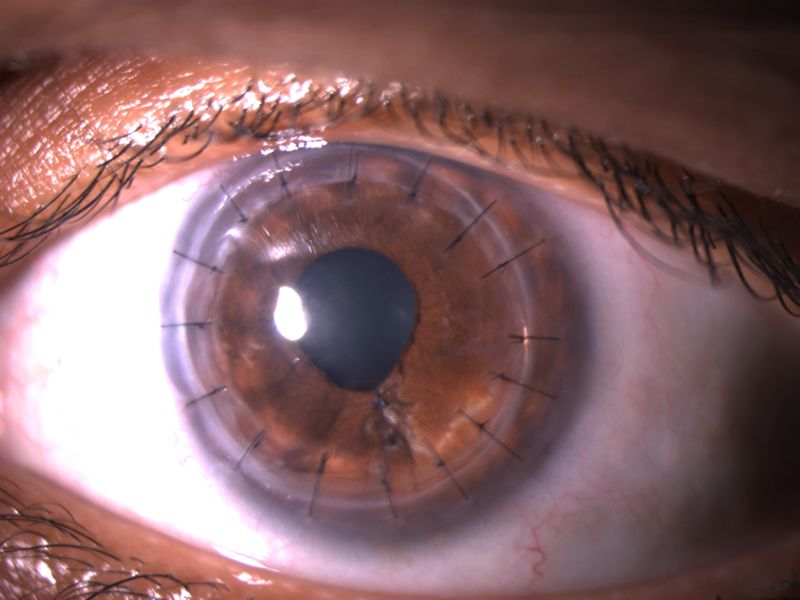
Corneal transplant
The cornea is the transparent part in the eye that allows light to enter and performs 2/3rds of the focusing. It also covers the iris (the colored portion of the external eye) and the pupil (the reactive ‘light meter’ in front of the lens). The cornea allows lights to enter the eyeball, and the cornea’s convex shape focuses that light towards the pupil and another structure called the lens.
The cornea is smooth and clean. However, injury, disease, or certain medical conditions can make it cloudy or difficult to see through. It can be by removing some or the entire thickness of the cornea and replacing it with corneal tissue from an organ donor. This operation is called corneal transplantation.
The medical history of every organ donor is reviewed carefully, and blood tests are performed to check for infections before corneal transplantation. If there is any doubt about the safety of corneal transplantation, the donated tissues are used for medical research instead of being transplanted into a patient’s eye.
Since the latest advances in corneal surgery, we can remove and transplant only the layer of the cornea that is diseased in the patient and leave the rest of the cornea intact. This is called lamellar corneal transplant.
This will allow faster healing, lesser chances of rejection, and better strength to the cornea.
Dr. Ramya Ravindran is trained in the latest cutting edge technologies in lamellar transplants having been trained in Sankara Nethralaya, Chennai, and in the Netherlands Institute of innovative ocular surgery, the Netherlands under Dr. Gerrit Melles who is the ‘Father of lamellar surgery’
Post-Operative Care in a Corneal Transplant
After surgery, no pressure should be on the eye. It is best not even to touch or rub anywhere near the eye. For which the doctor suggects to wearing glasses or sunglasses to help protect the eye.
They would prescribe eye drops to help the eye heal and prevent infection. It is necessary to keep using some of these medications for a long time after a corneal transplant. Without these medications, the eye might have problems with the new corneal tissue.
Complete recovery of your eyesight could take up to one year. It is mandatory to be patient and let the swelling go down. You are not going to see clearly overnight or in a few days. Patients who have successful corneal transplants report good vision for years. You play the main role in your recovery.
The best way to avoid problems after corneal transplantation is to follow your doctor’s advice, including using all medications as recommended and keeping all follow-up appointments.
Vision can change rapidly after corneal transplantation, so it is necessary to visit the eye doctor more often.
You should be aware that in a small number of cases, the new corneal tissue is rejected by the body even though the operation was successful, and all medications were taken correctly.
It is not possible to predict exactly how your body will respond to a transplant. It is never fully known how the condition that caused your organ disease will affect your new, transplanted organ. The operation itself is complex and the risks remain high for many patients. After the transplant, you may still need to have surgeries, or other procedures in order to help your cornea survive and heal well.

